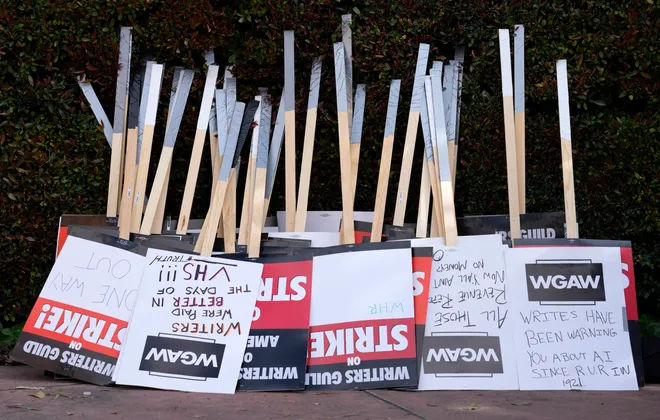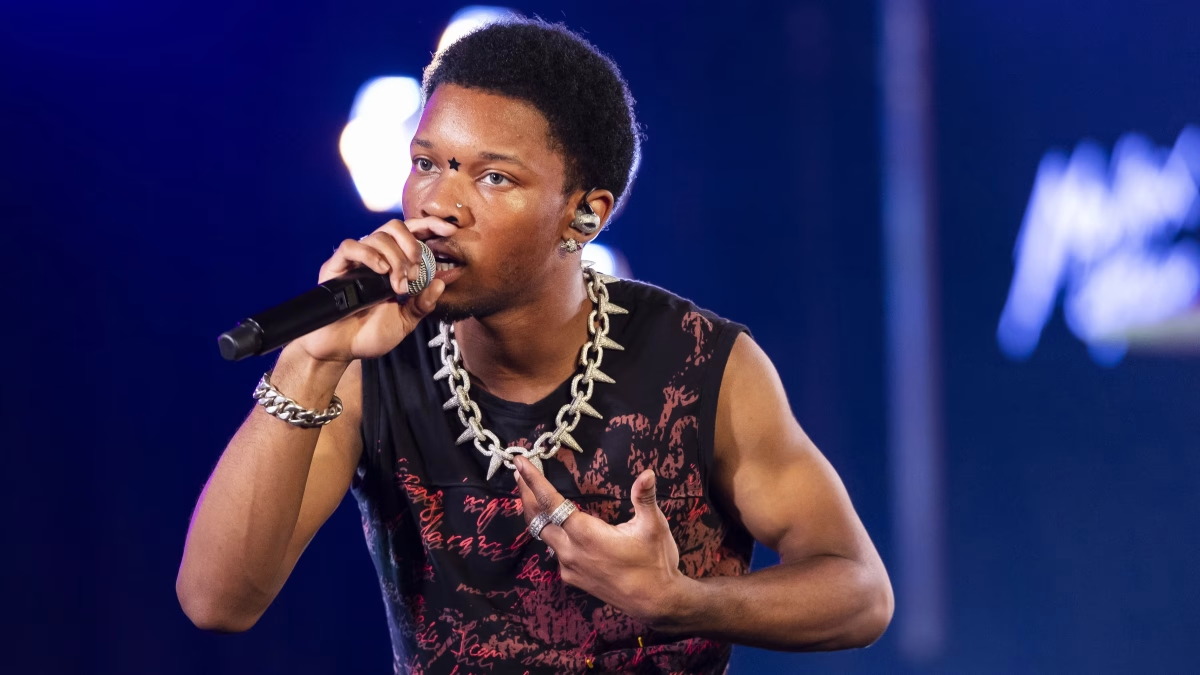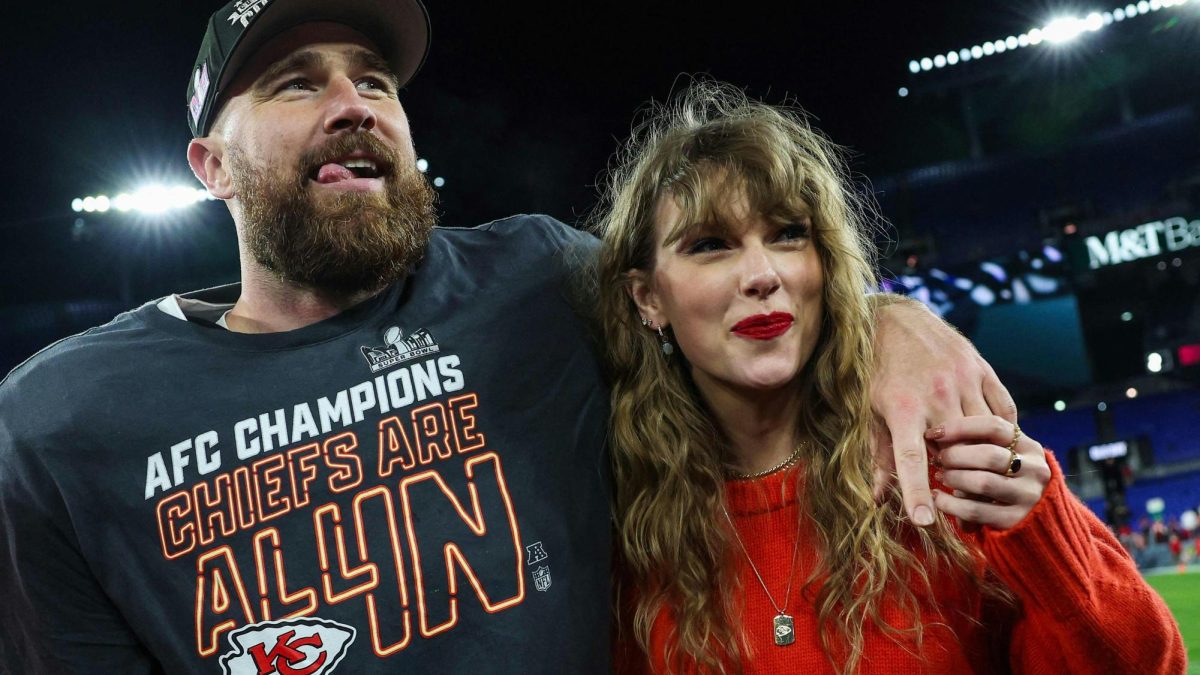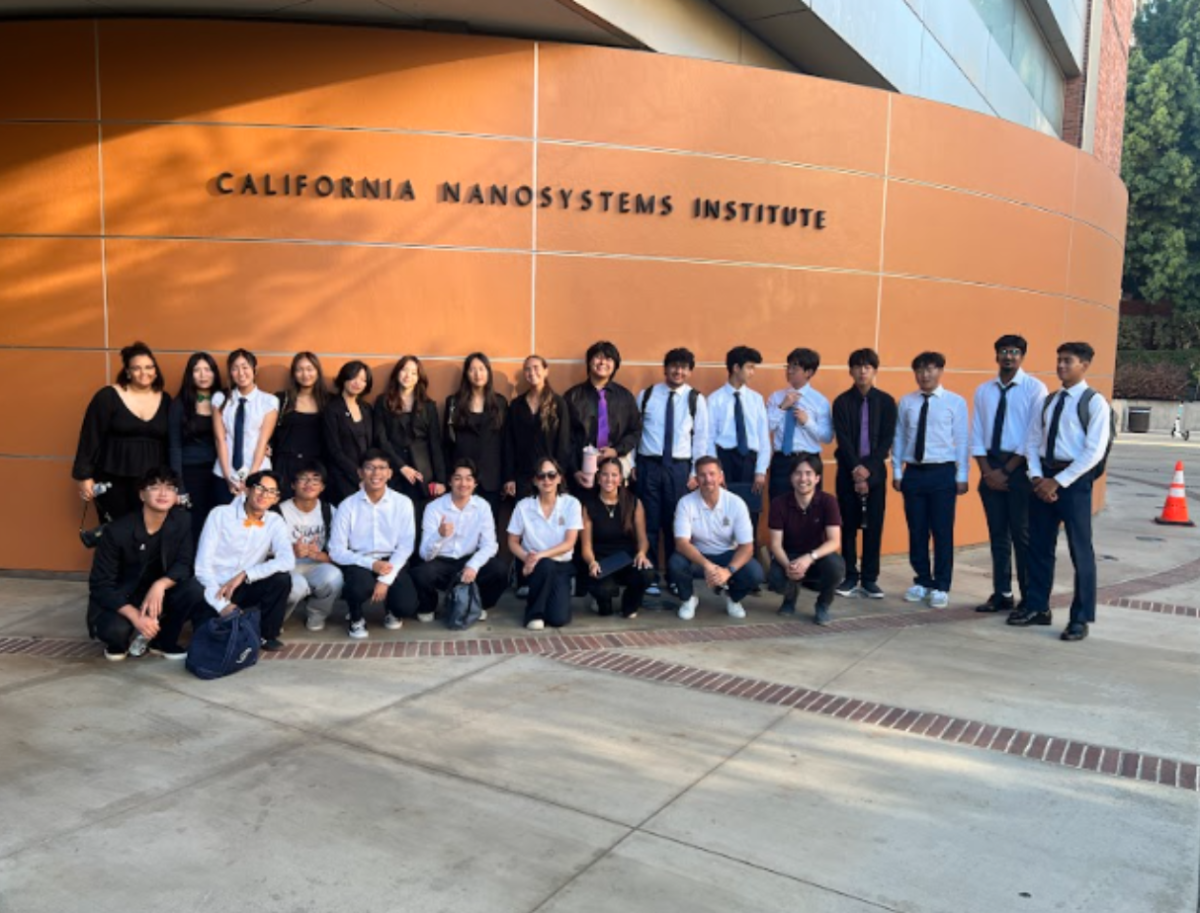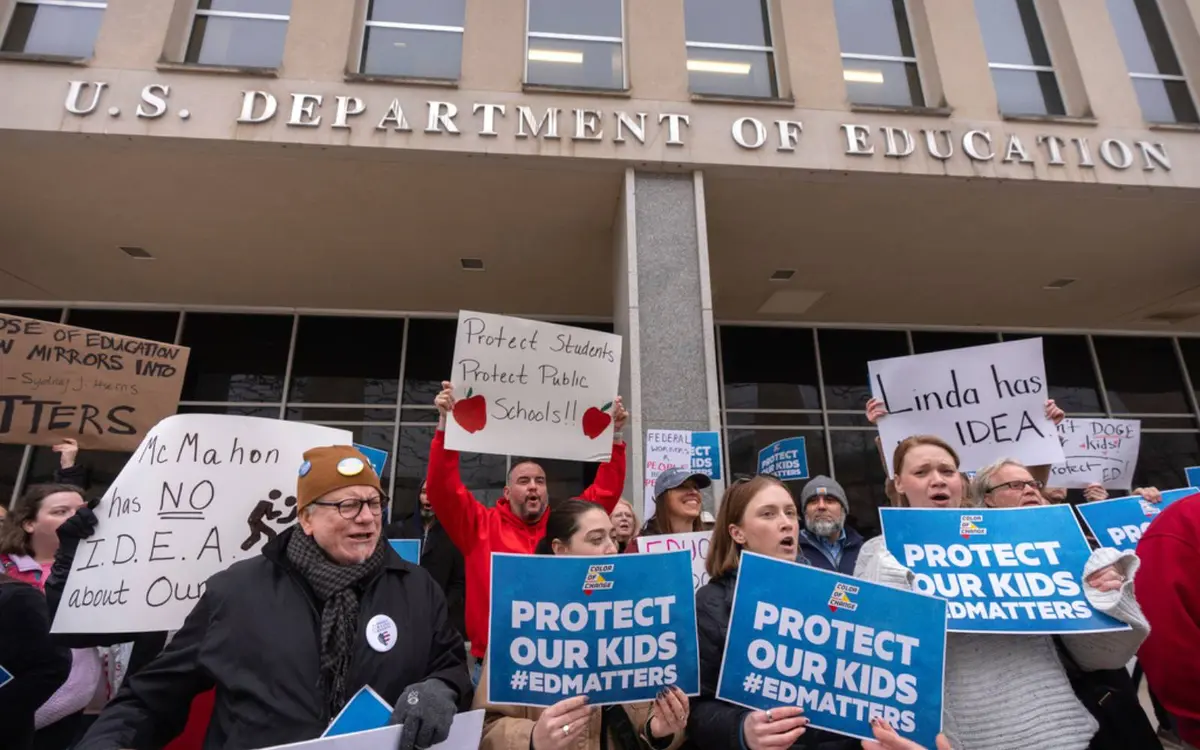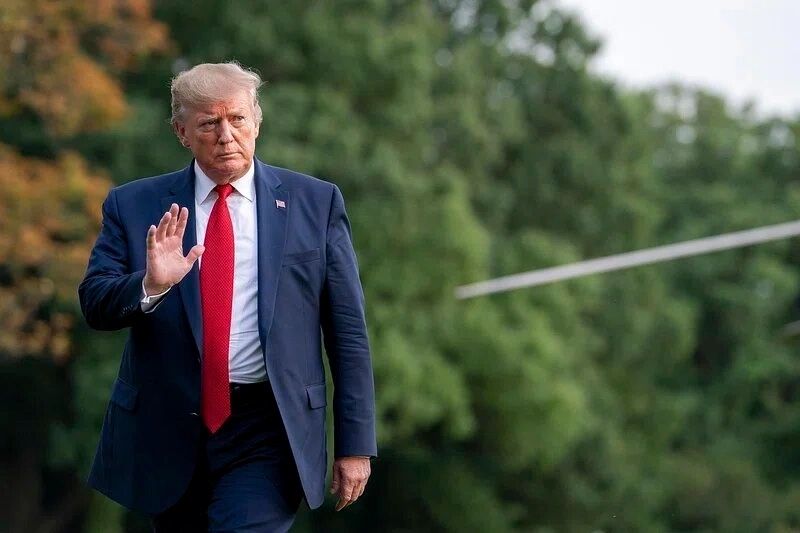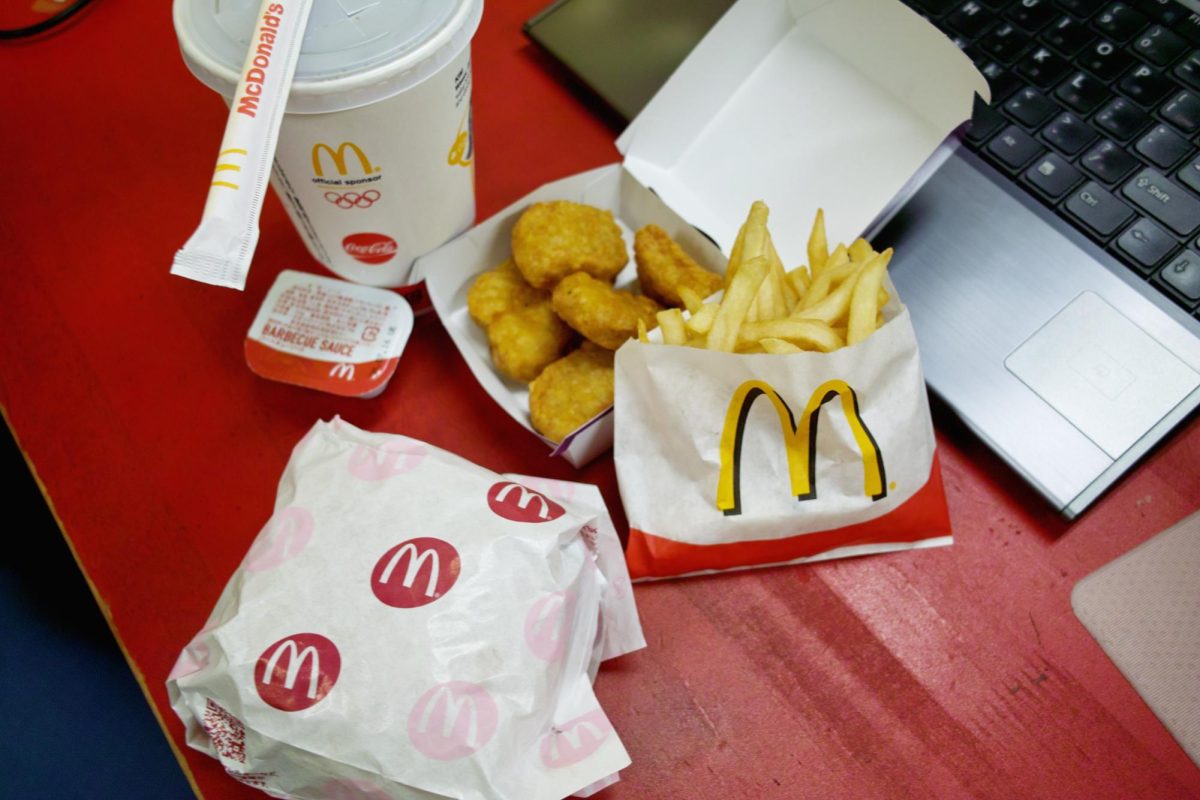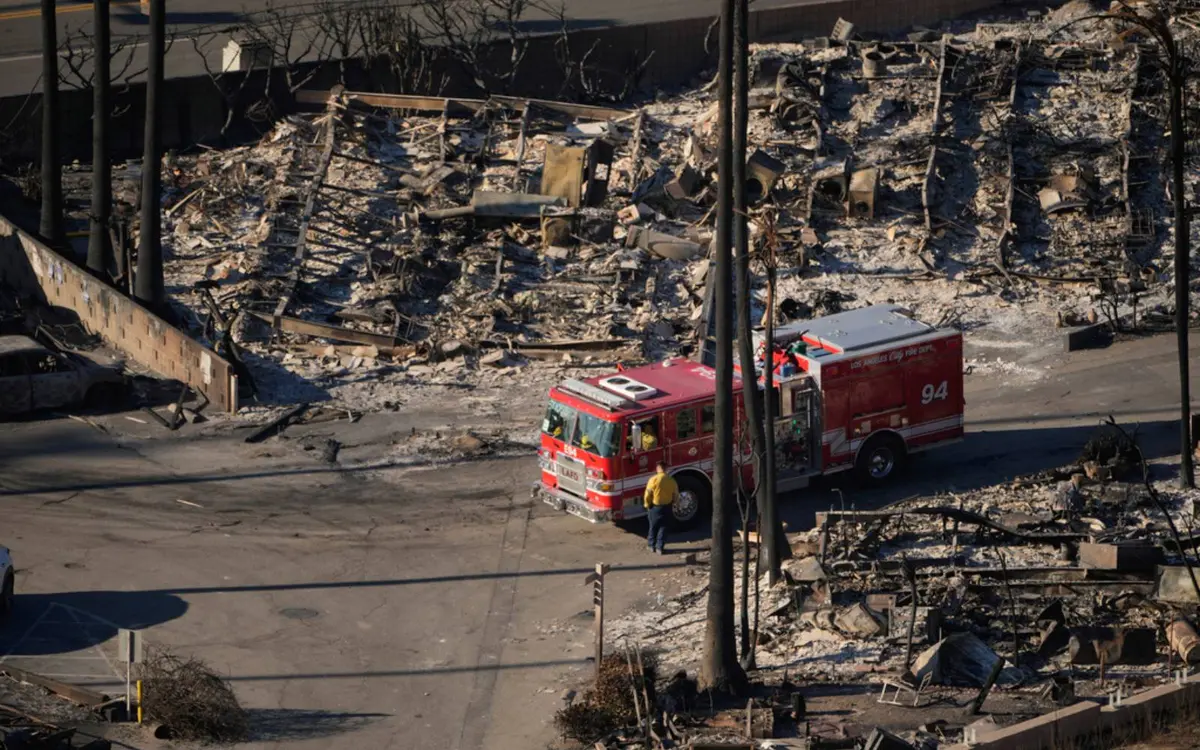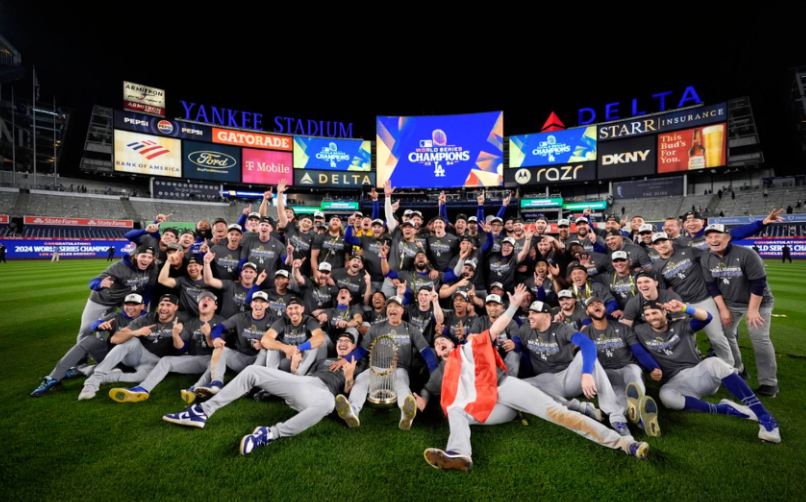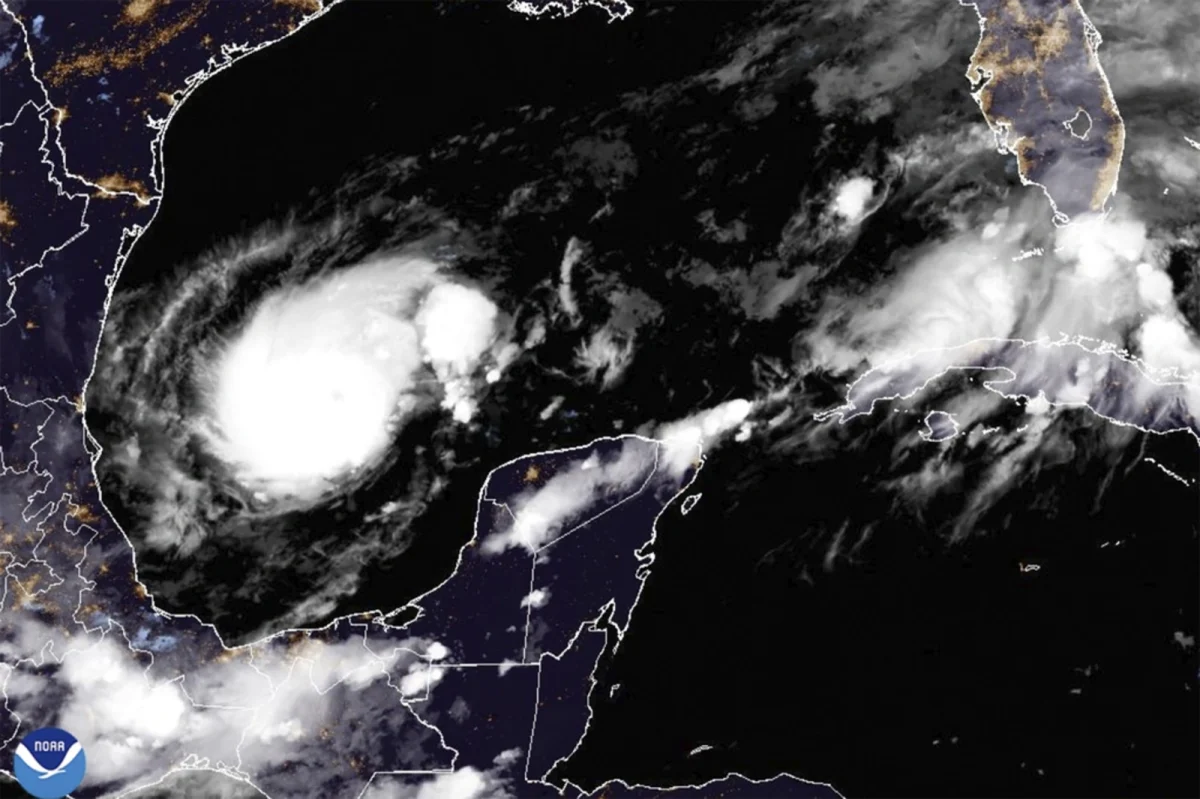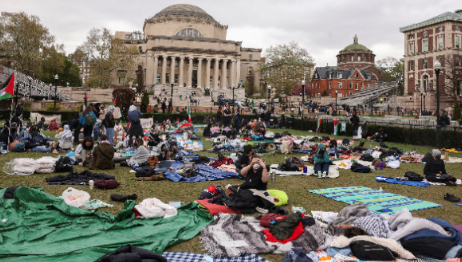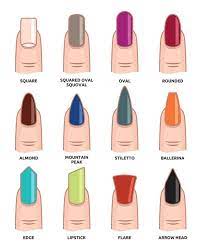After 146 days of prolonged picketing and negotiations, the writer’s strike is finally coming to a close.
On May 2nd, the Writers Guild of America, a union representing “more than 11,000 screenwriters” began to strike after studios failed to strike a new contract with its screenwriters. The WGA and its members demanded increased royalty payments for their content as well as concerns with the use of AI in scripts
On Wednesday, September 20 a rare meeting was held between the union officials of WGA and top media CEOs: Bob Iger of Disney, Ted Sarandos of Netflix, NBCUniversal Studios’s Donna Langley, and Warner Bros. Discovery’s David Zaslov. Through this meeting, an agreement was made.
This tentative deal was then moved to a long process of ratifying the contract. The deal has already passed through various negotiation processes. On Sep. 25, the negotiation committee ratified the agreement and is now awaiting ratification by its members through a voting period between Oct. 2 through Oct. 9.
The WGA seemed to endorse the new contract, and the negotiation committee announced, “…that this deal is exceptional—with meaningful gains and protections for writers in every sector of the membership.”
But what happens now? Although the writers’ strike is coming to a resolution, Hollywood is still at a standstill. Many scripted shows will still be delayed with the SAG-AFTRA actor strike ongoing. Hundreds of makeup artists, camera operators, and extras wait patiently for any jobs to re-open.
However, there is still hope for the entertainment-deprived. With the end of the writer’s strike, many unscripted television, such as night and day-time talk shows, will resume.


